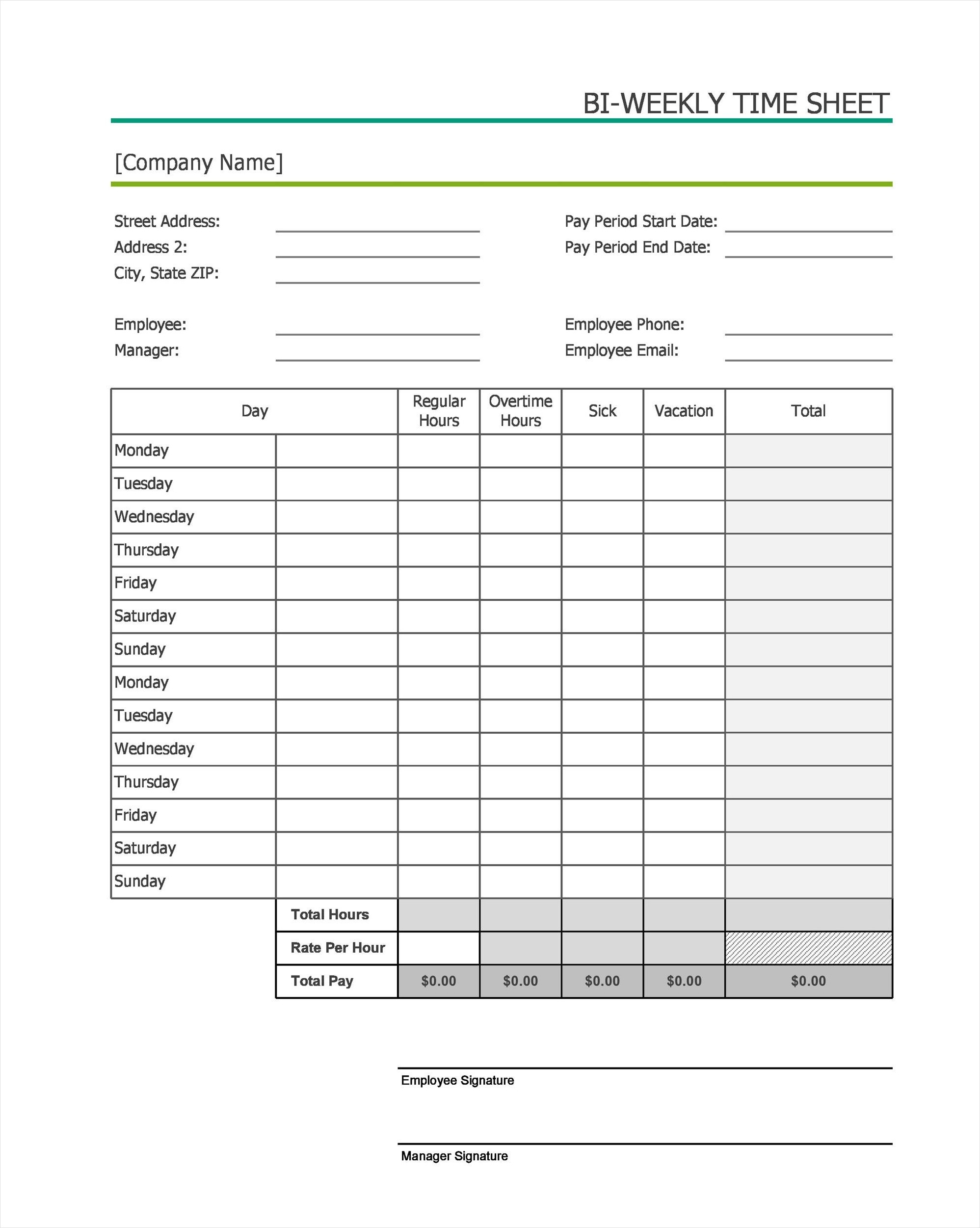As a small business owner, you likely have a lot on your plate. From managing employees to handling finances, it can be overwhelming to keep track of everything. That’s where timesheets come in. Timesheets are a valuable tool that can help you effectively manage your workforce and ensure accurate payroll. In this article, we will explore the importance of timesheets for small businesses and how they can benefit your organization.
What is a Timesheet?
A timesheet is a document used to record the amount of time an employee spends on various tasks or projects throughout the workday. It typically includes details such as the date, start and end times, and a description of the work performed. Timesheets can be created in various formats, including paper-based forms, spreadsheets, or through specialized time-tracking software.
Why Do Small Businesses Need Timesheets?
Timesheets provide several benefits for small businesses:
- Accurate Payroll: Timesheets help ensure that employees are paid accurately for the hours they have worked. By recording the start and end times of each task, you can calculate the total hours worked and avoid any discrepancies.
- Efficient Resource Allocation: Timesheets allow you to track how much time is being spent on different projects or tasks. This information can help you allocate resources more efficiently and ensure that employees are working on the most important priorities.
- Project Management: Timesheets provide valuable insights into how much time is being spent on specific projects. This data can help you identify bottlenecks, allocate resources effectively, and make informed decisions to improve project management.
- Compliance: Depending on your industry, you may be required to keep accurate records of employee hours for compliance purposes. Timesheets provide a reliable source of documentation to ensure compliance with labor laws and regulations.
- Performance Evaluation: Timesheets can be used as a basis for evaluating employee performance. By reviewing the time spent on different tasks, you can identify areas where additional training or support may be needed.
How to Implement Timesheets in Your Small Business
Implementing timesheets in your small business is a straightforward process. Here are the steps to get started:
- Choose a Format: Decide whether you want to use paper-based timesheets, spreadsheets, or time-tracking software. Consider the size of your business and the number of employees when making this decision.
- Define Time Categories: Determine the different categories or tasks that employees will need to track time for. This could include projects, clients, or specific job duties.
- Communicate Expectations: Communicate to your employees why timesheets are important and how they should be completed. Provide them with any necessary training or resources to ensure accurate time tracking.
- Establish a Tracking System: Set up a system for employees to record their time. This could be a physical timesheet that they fill out daily or an online platform where they can log their hours.
- Review and Approve: Regularly review and approve employee timesheets to ensure accuracy. Address any discrepancies or issues promptly.
- Integrate with Payroll: Integrate your timesheet system with your payroll software to streamline the process and ensure accurate payroll calculations.
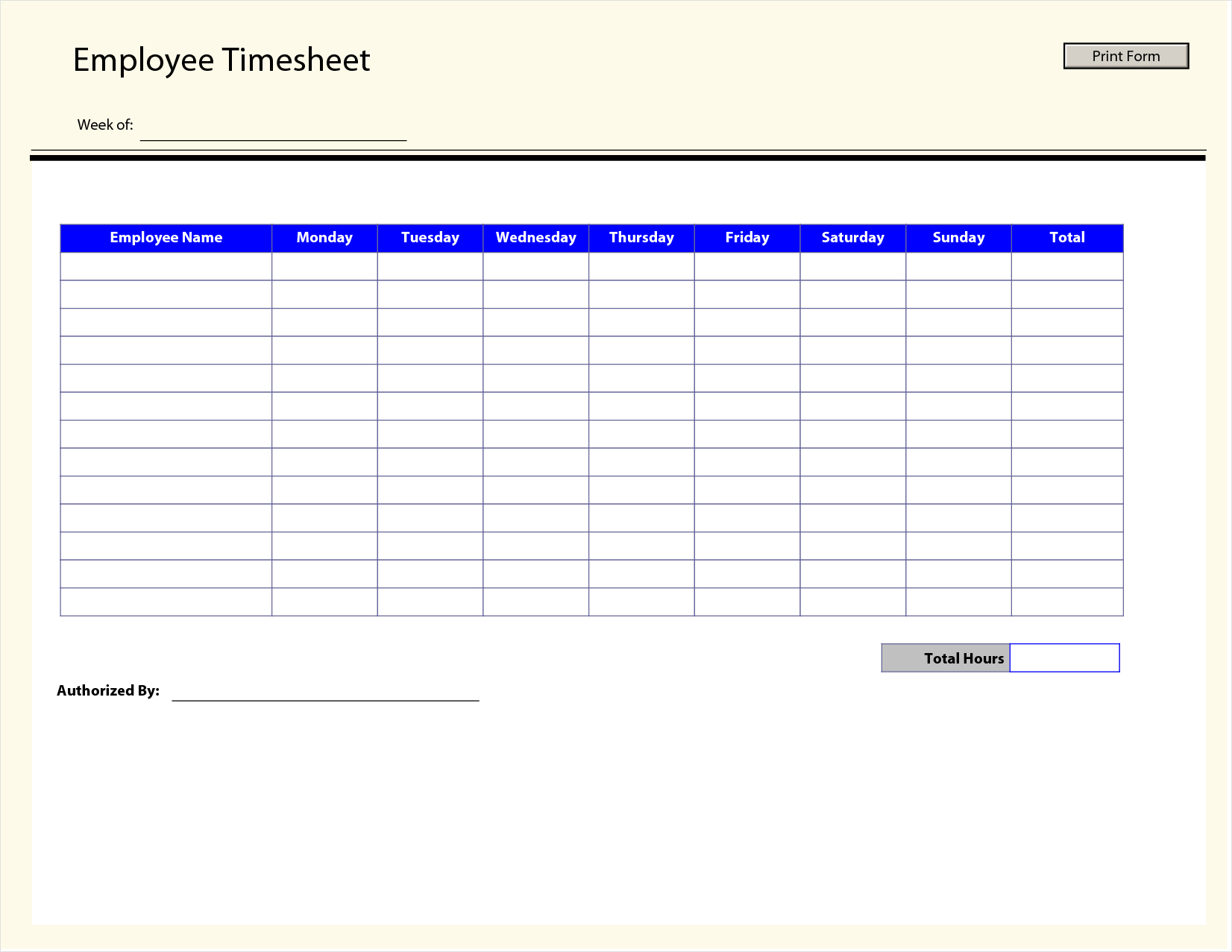
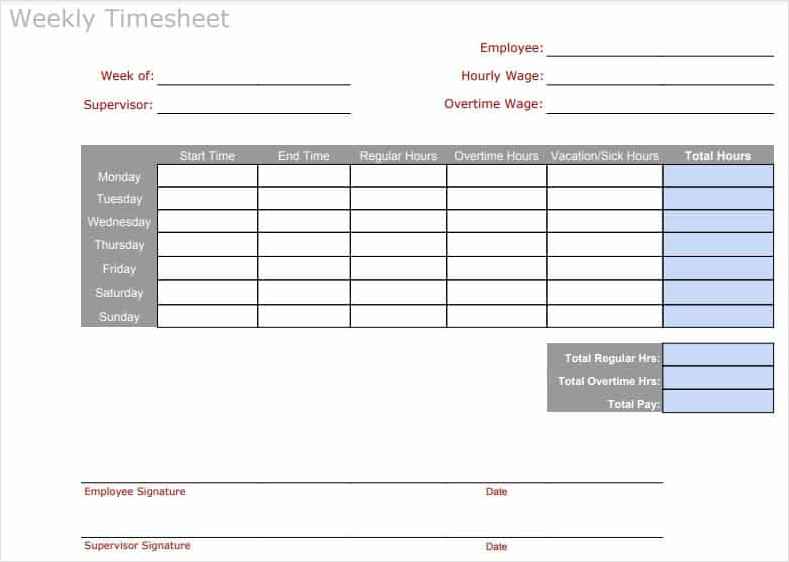
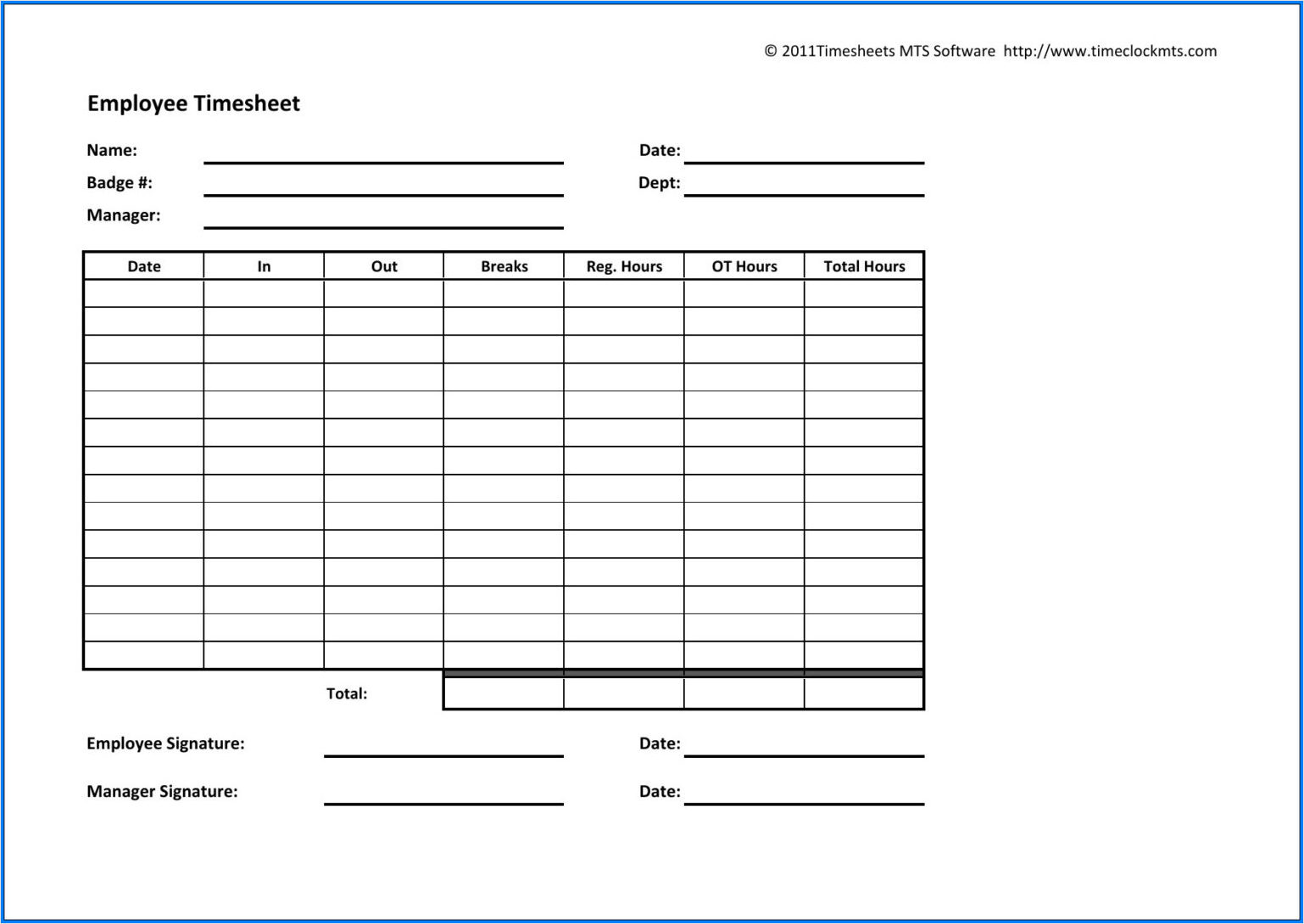
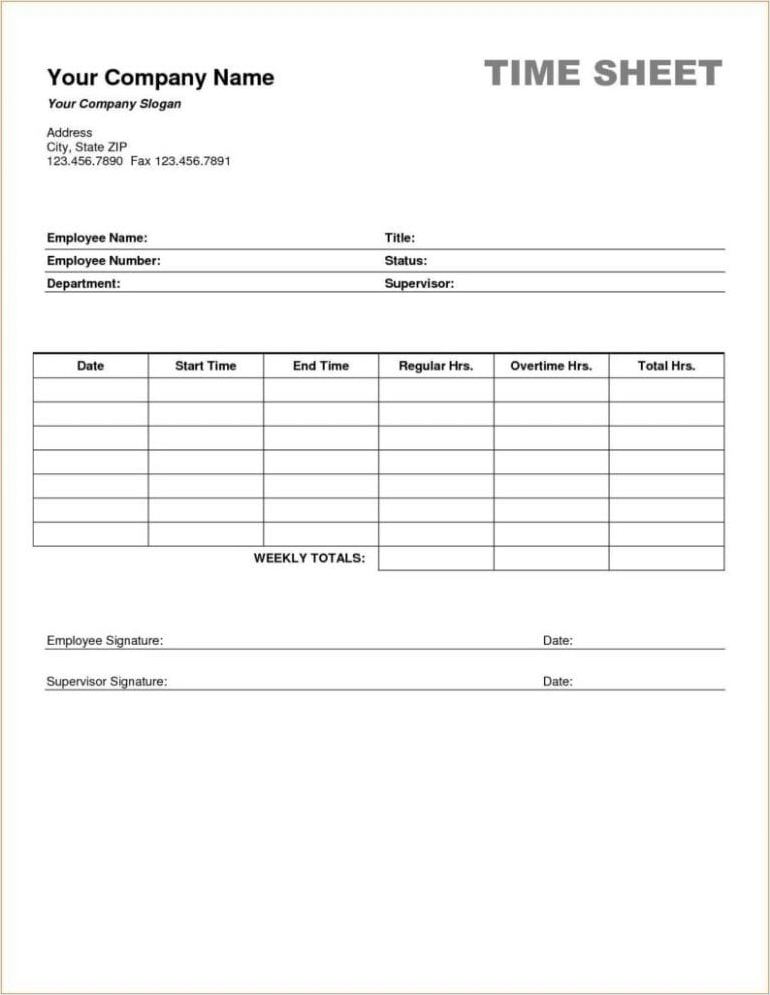
Best Practices for Timesheet Management
To make the most of timesheets in your small business, consider the following best practices:
- Be Consistent: Encourage employees to consistently and accurately record their time. Set clear expectations for when and how timesheets should be submitted.
- Automate the Process: Consider using time-tracking software that automates timesheet management. This can save time and reduce the risk of errors.
- Regularly Review and Analyze: Take the time to review and analyze the data from your timesheets. Look for trends, identify areas for improvement, and make data-driven decisions.
- Provide Feedback and Recognition: Use timesheet data as a basis for providing feedback and recognition to your employees. Acknowledge their hard work and address any concerns or performance issues.
- Stay Compliant: Make sure your timesheet practices align with labor laws and regulations. Stay up to date with any changes that may impact your record-keeping requirements.
- Regularly Train Employees: Provide ongoing training and support to ensure that employees understand the importance of accurate time tracking and how to use the timesheet system effectively.
Overall, implementing timesheets in your small business can greatly improve your workforce management and help ensure accurate payroll. By choosing the right timesheet solution and following best practices, you can streamline your operations and make more informed decisions based on accurate time data. Take the time to invest in a reliable timesheet system, and you’ll reap the benefits in the long run.
Timesheet Template For Small Business – Download
